Monday 19th to Sunday 25th September
We ended up staying longer than intended on Curaçao. Soon after arriving we heard from a French couple on the bus that there were big winds due to hit here in about a week. As we watched the long range weather forecasts it appeared that Curaçao was in the direct path of a hurricane. The locals were dismissive… hurricanes never came this far south, Curaçao hadn’t been hit by a hurricane since the 1800s. As the days passed the hurricane was given a name, Matthew, but it appeared to be moving further north and away from here. It was still clear though that the ABC islands were due for some big winds and seas… should we stay put until they passed or leave soon for Colombia and aim to get to the marina there before Matthew did? It seemed to be travelling at 10 to 15 knots and we sail at about 5 knots so we’d be fine if we left by Sunday 25th………… but, back to the start of the week.
After a rolly sail under genoa alone from Bonaire to Curaçao we rounded the southern end of the island with dramatic escarpments rising up above the land. We had to identify the unmarked entrance to Spanish Water, the large lagoon where most yachts stay whilst in Curaçao, but with the help of our electronic plotter and GPS it wasn’t a problem. We zigzagged up the narrow channel watching the depths carefully, before the huge and sheltered lagoon opened up ahead. On the hillsides around were some fabulous villas in stunning settings under rocky outcrops. We had decided to stay a few nights in one of the marinas in the lagoon to fill up with water, have a shower and enjoy a bit of civilisation and so headed for the Ceru Boca marina in the south of the lagoon. This turned out to be a part of the Santa Barbara Beach and Golf Resort, one of many upmarket gated resorts on Curaçao and although it was full of large yachts and motor launches there were hardly any other cruisers around. We soon found out why, when at the office we were told the nightly rate was an amazing US$65 (we would normally expect to pay a third to a half of that) so we decided to head off and find an anchorage first thing in the morning. The next day we paid our bill of US$76 for the one night and water and dropped anchor in one of the four official anchoring areas amongst other yachts on the opposite side of Spanish Waters. After waiting a few hours to check the anchor seemed secure (I didn’t fancy snorkelling down to check as the water was so dirty looking) we motored over to the Fishermans Dock where you can leave your dinghy under the watchful eye of the security guards there, who pointed us in the direction of the bus stop to Willemstad the capital where we needed to go to check in at Customs and Immigration.
Customs was conveniently situated in the central Punda area of Willemstad, right by the Venezuelan floating fruit and veg market, and the paperwork was quickly completed. Immigration was less conveniently situated a good 20 minute walk away on the other side of the river and a trek along the dock front. We didn’t get far that far before collapsing for a late lunch in the Iguana café on the waterfront by the Emma Brug pontoon bridge over the canal which divides the city. We watched to bridge swing open and closed to allow tugboats through. When I was 16 we visited Curaçao when our family was sailing back on an ocean liner from Australia after a year there. The pretty waterfront merchant houses in Dutch Colonial style but gaudy Caribbean colours were much as I remembered.
Time was getting on so we continued to Immigration and having filled in all the forms we needed to get our $10 anchoring permit from Port Authority next door, but they had shut at 4.30pm and it was now 4.45pm. As the lady behind the desk there told us very charmingly but unhelpfully, they were closed and we’d have to come back tomorrow.
Willemstad is a UNESCO world heritage site and it has pretty backstreets to wander around although until recently many of these were derelict no go areas, the territory of drug gangs and squatters. The next day there was a big cruise liner visiting and the streets, shops and bars were crowded with passengers from the ship. We returned to pay for our anchoring permit and visited the Kura Hulanda museum which is in a restored area of 18th and 19th century houses. The museum has a number of fascinating collections from around the world, including exhibits on African civilisation and on world slavery. Curaçao was a major centre for slave trading in the Caribbean in the 17th and 18th centuries.
We hired a car for two days to explore the island, which is the biggest of the ABC islands. Curaçao has one of the highest standards of living in the Caribbean, with an economy based on oil, financial services and tourism. Oil was discovered in the early 20th century and exploited by Shell and there is a huge oil refinery in Willemstad harbour and an oil terminal further up the coast.
Most of the beaches are on the west of the island and having driven around some of the the south and the desolate east coast we stopped for lunch at the Blue Bay resort, one of the many new beach developments with golf course and private beach where you can buy an apartment or villa. A sign at the real estate office there asked ‘Do you want to live here?’. We decided ‘No’. Curaçao is much larger than Bonaire and lacks the simple charm of the smaller island. We got lost in the commercial and residential suburbs that stretch for miles around Willemstad and the southern half of the island.
On the second day we drove north to the Cristoffel National Park and walked the Mountain trail to the highest peak on Curaçao (1239 feet). It was incredibly hot, like being enveloped in a blanket of heat, as we set off mid morning just as the first hikers, a party of four young Dutch women, were getting back to the car park. The track led up through lightly shaded woods with bright green bromeliads lining the path. We saw a pair of male Anolis lizards fiercely attacking each other, one showing its ‘fiery orange dewlap ‘ ie throat. As the path got steeper we started to wonder if we would make it to the top we felt so breathless and dizzy. Trekkers on their way down were encouraging, the view was worth it, and after resting we got a second wind and carried on to the top, rock climbing more than hiking for the last 15 minutes. It took just over 2 hours to reach the summit and we felt a huge sense of achievement and relief as we admired the fantastic views over Curaçao stretched out below. As we rested at the top a pair of little crested birds came to share crumbs from our energy bars, clearly used to tourists. On the way down a huge iguana, maybe 3 foot long sat immobile in a tree above. We kept hearing and seeing a bird with striking orange and black markings but failed to get a really good photo of it as it flitted from tree to tree. We later identified it as a Troupial, the national bird of both Curaçao and Venezuela. Here are googled pics, it was so splendid:
We continued our drive around Curaçao. At the top is Westpunt with strange coral rock formations, the sea slamming against the rocks forcing water up through blowholes. After our hot, sticky trek up the mountain we stopped at one of the beach on the west coast to swim, then drove back past lakes with flamingoes.
Most nights we cook and eat on the boat and often pass the evening watching a film on a laptop, but the last two nights in Curaçao we ate at the restaurant near to the dinghy dock, the Pirates Nest, so that we could get WiFi to track the progress of Matthew. We were undecided whether to stay until the end of the week when Matthew was due to reach the ABC islands and either put out an extra anchor or go into a marina, or to head off for Colombia. At anchor you are not only concerned that your anchor might drag but that you could be hit by another boat if it wasn’t well enough secured. On the Sunday morning Hugh emailed Chris Parker in Florida who is a well known Caribbean weather forecaster. Within an hour he had a personal reply and his advice was that if it was him he’d move on to Colombia. We revised our passage plan and by lunchtime up anchored and headed off out of Spanish Waters and west towards Colombia.
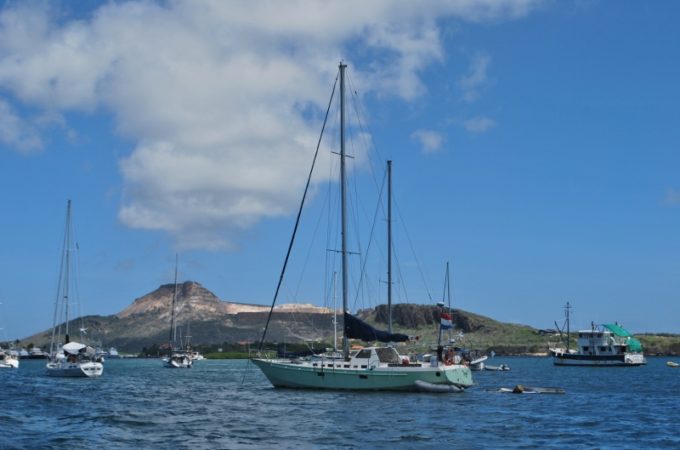
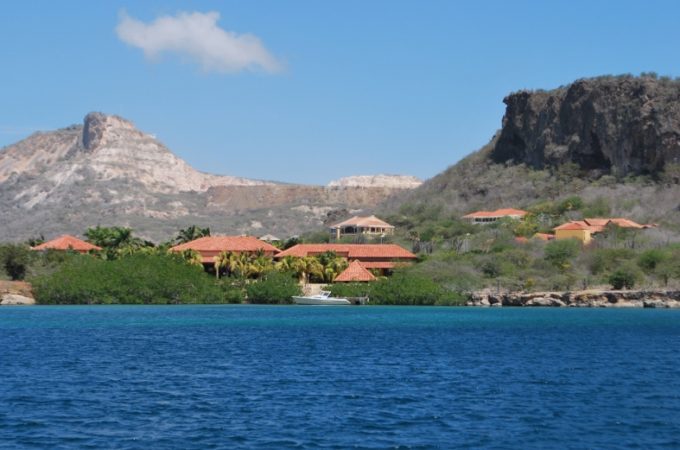
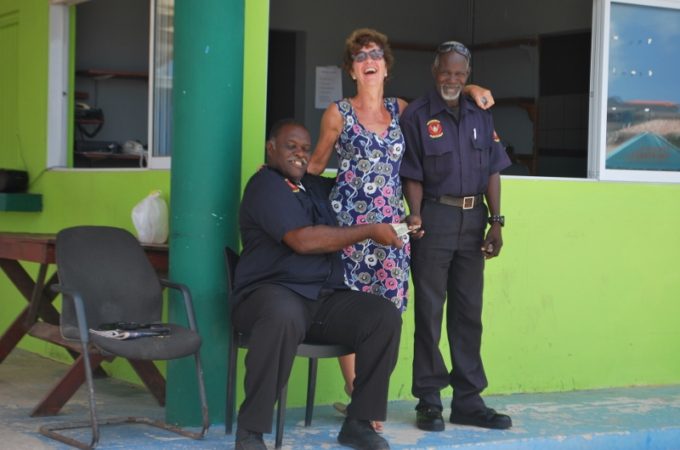
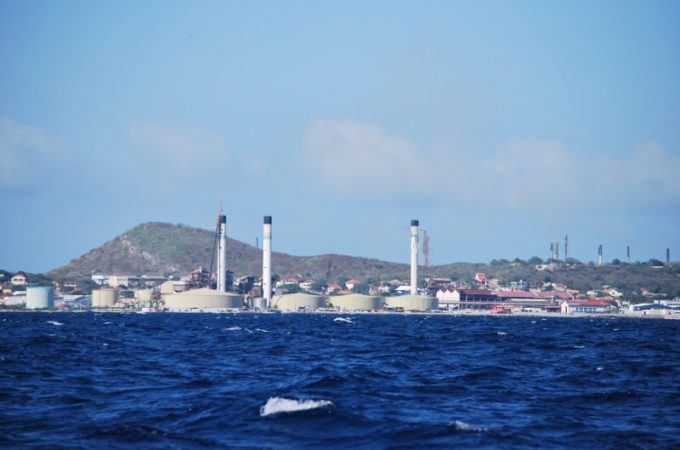
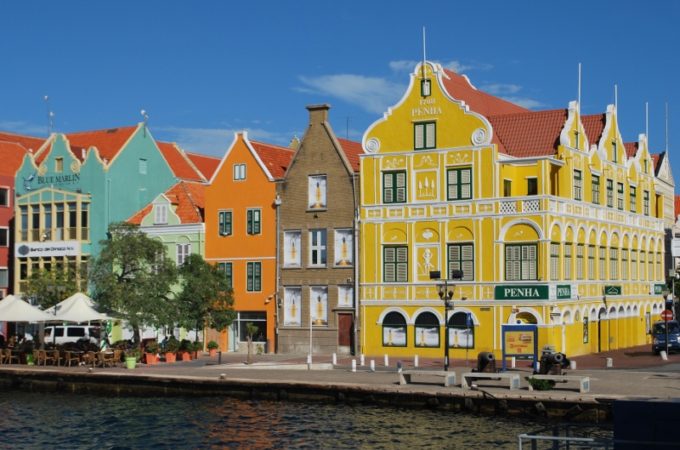
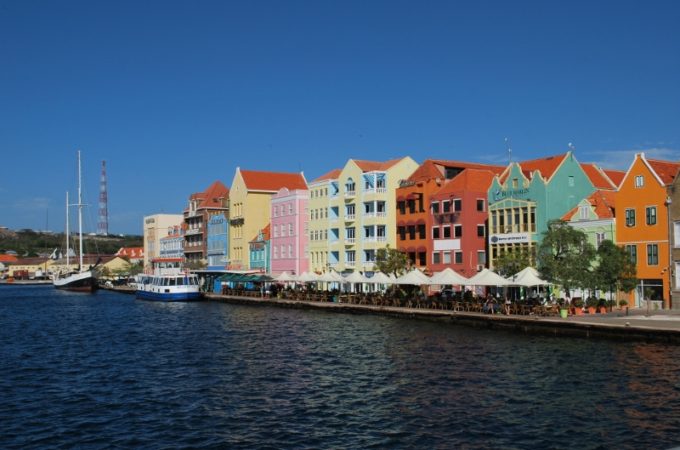
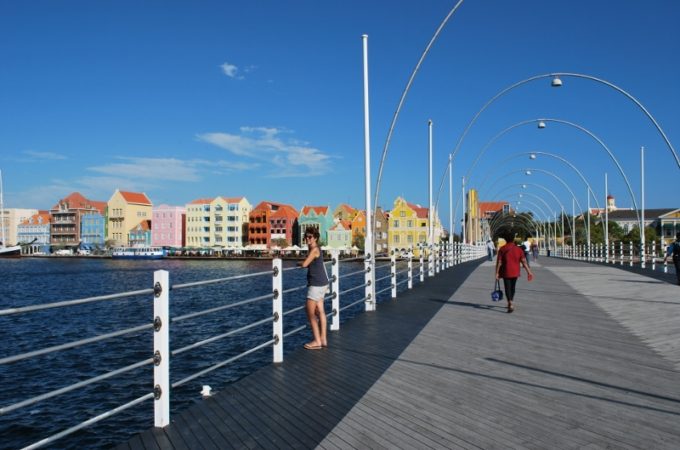
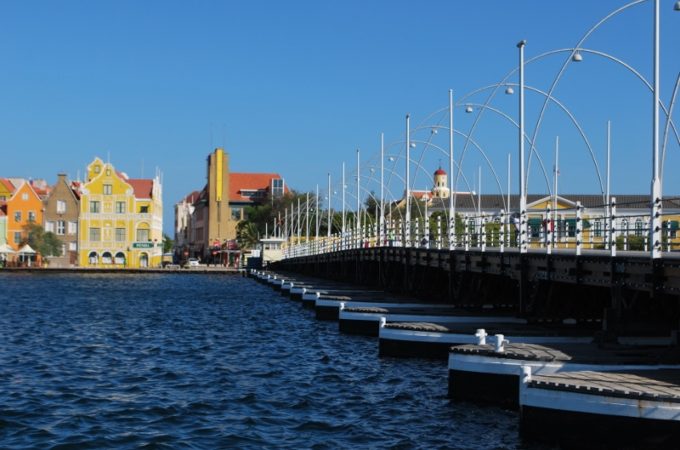
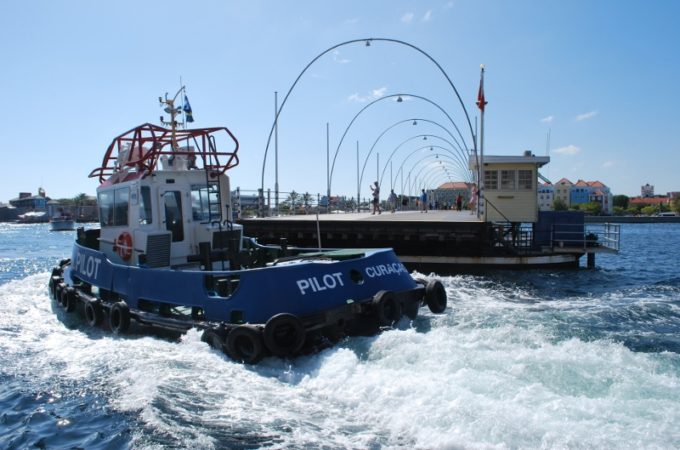
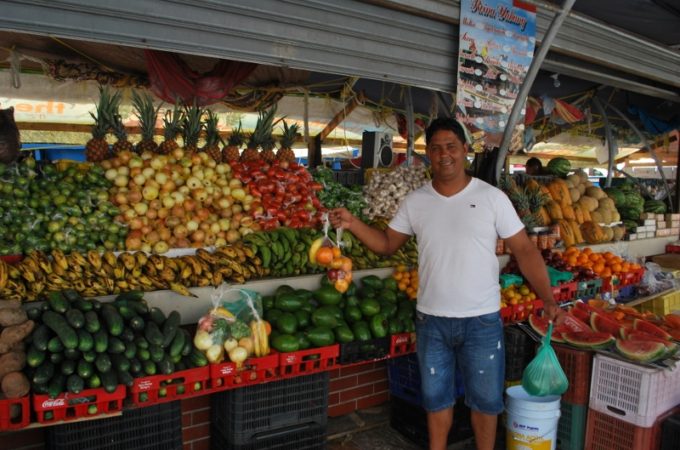
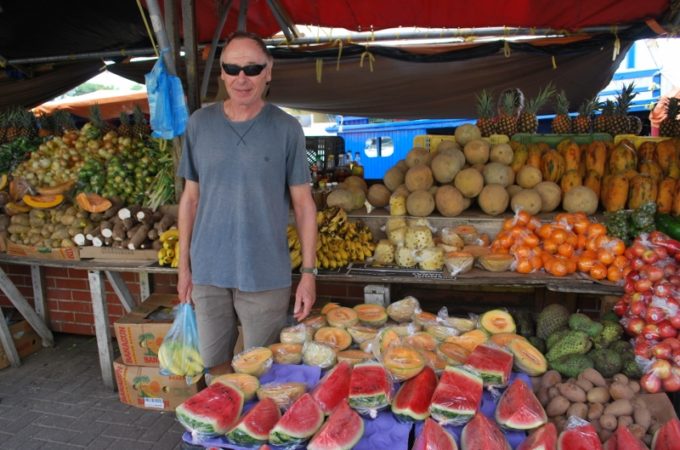
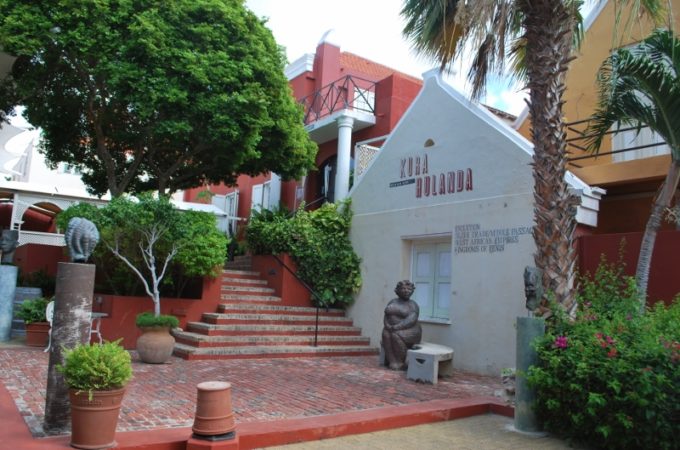
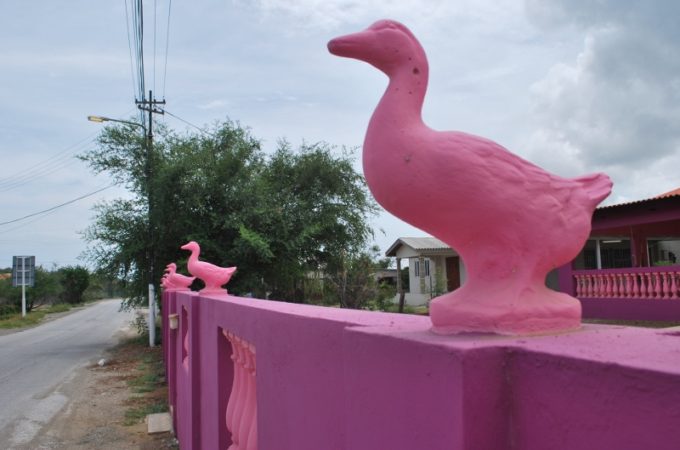
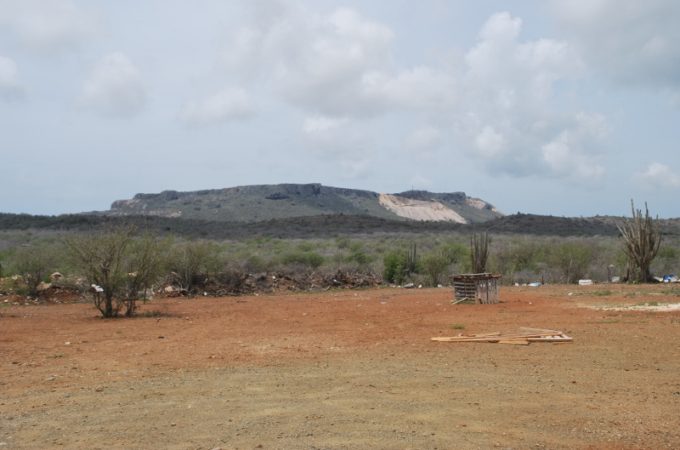
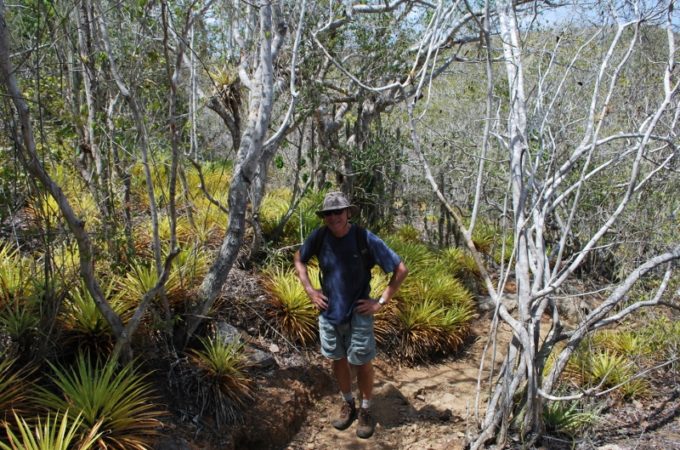
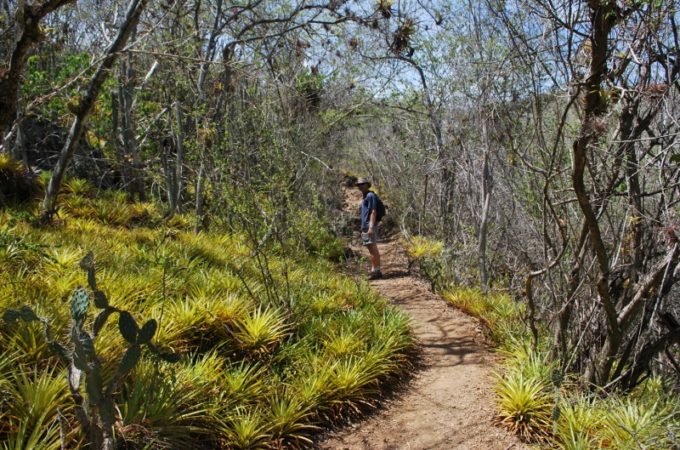
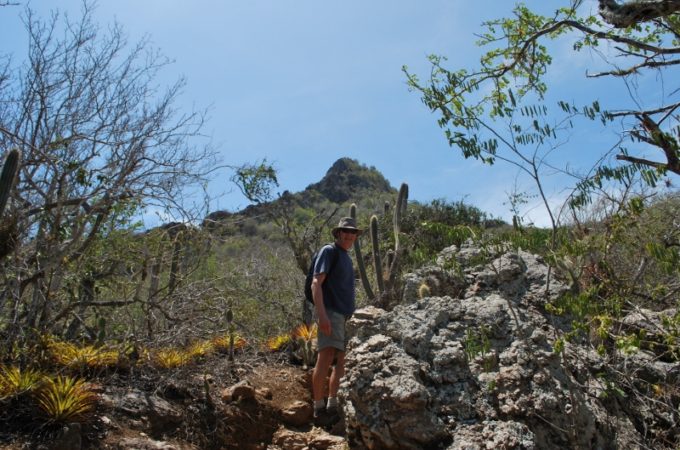
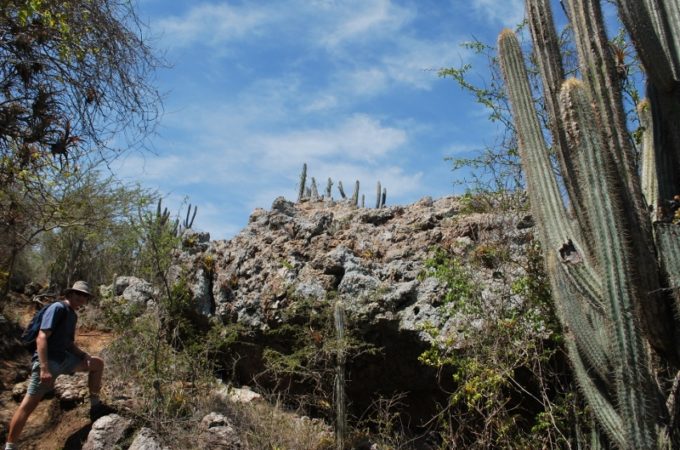
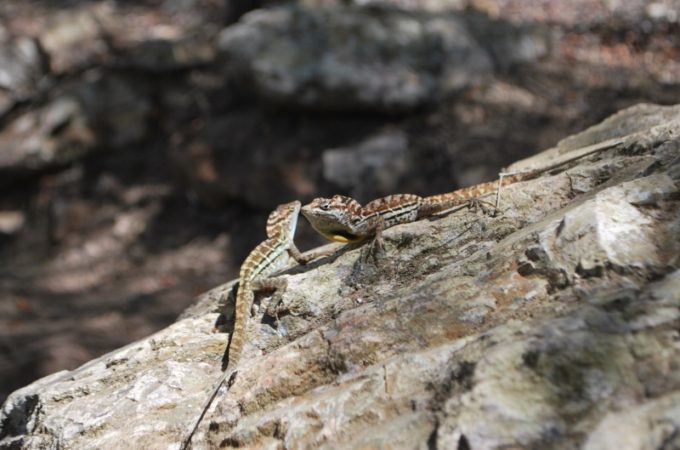

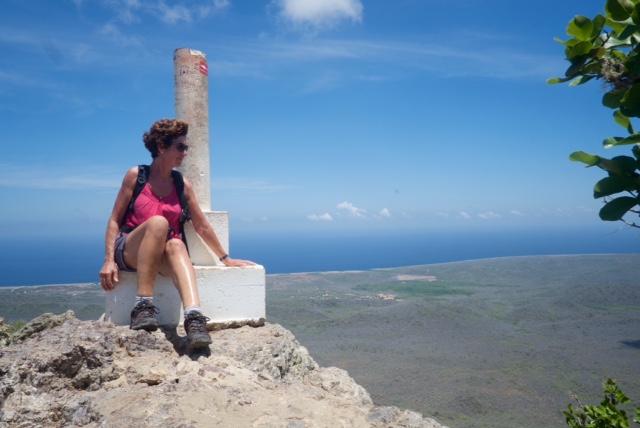
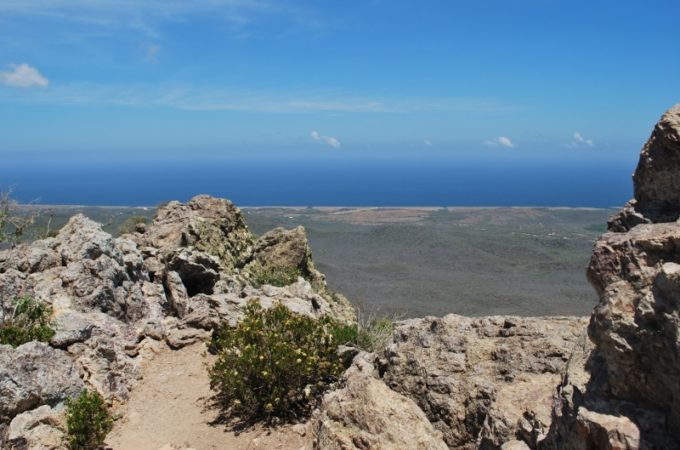
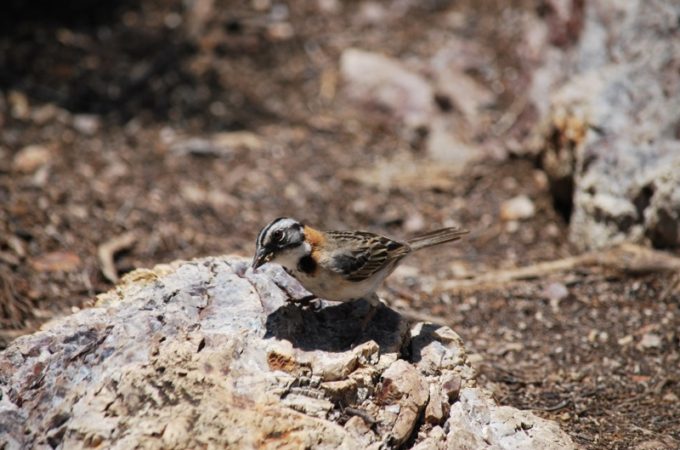
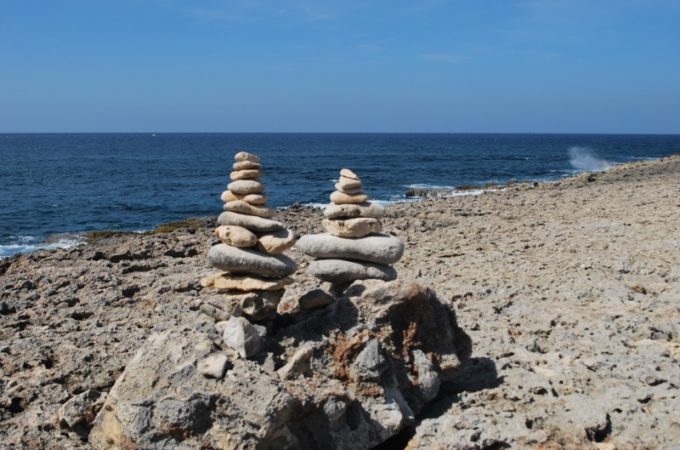
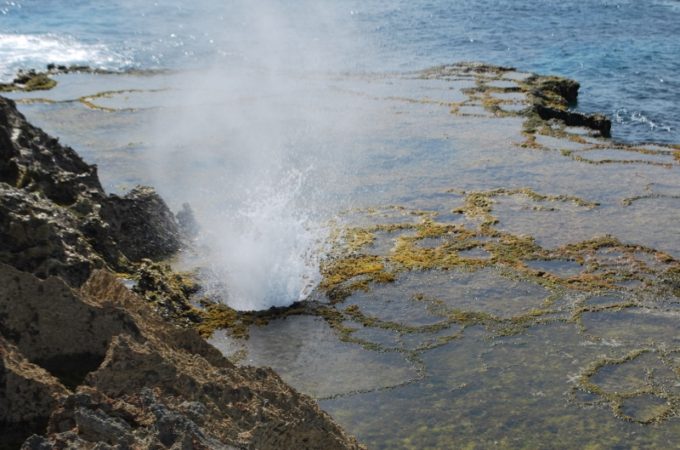
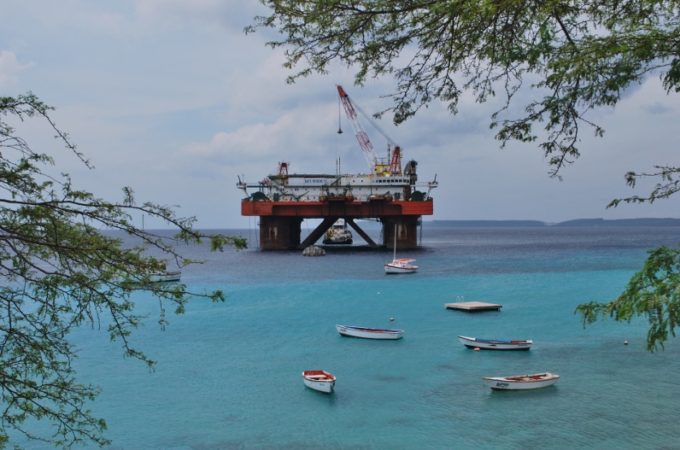
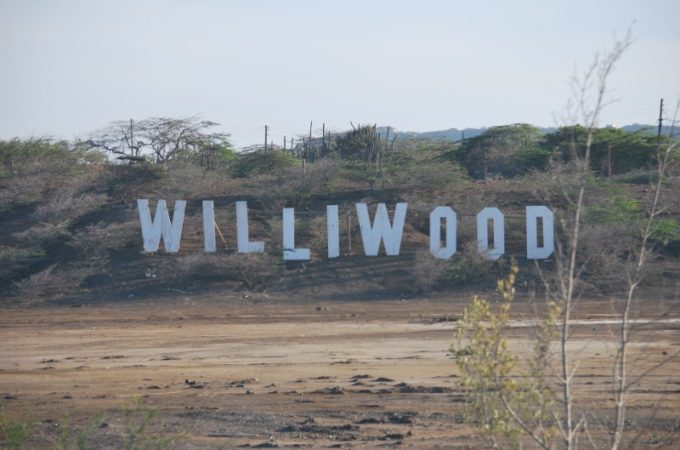
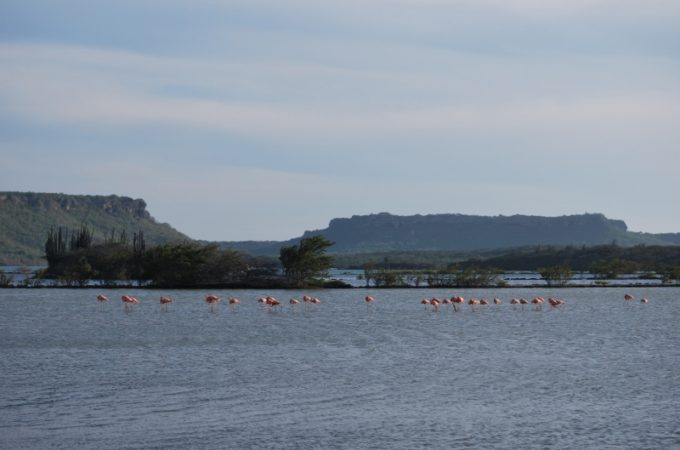
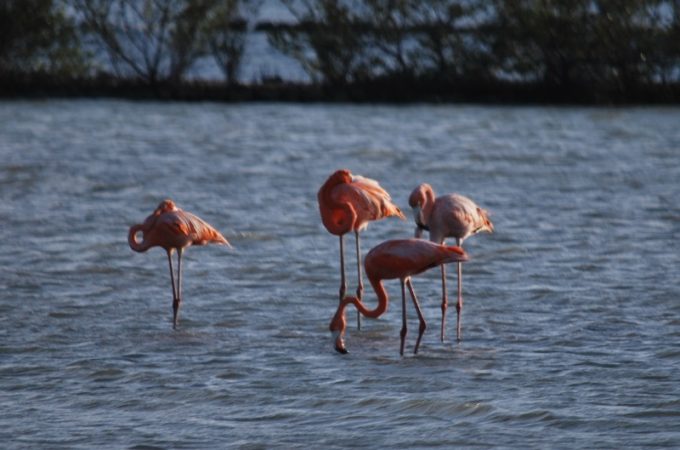

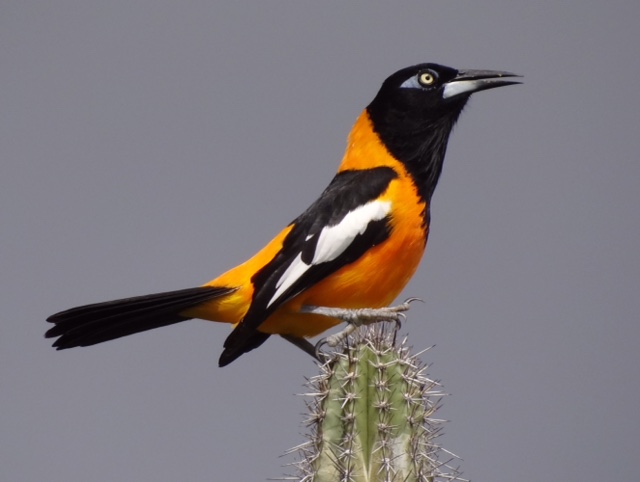
2 Comments
Jim Lucas
October 7, 2016 - 8:35 pmLovely reports from B&C – await A and Colombia. You are getting some really good pictures looking forward to Bogota and Amazon. You can tell Hugh I’m a bog standard Comprehensive boy so won’t earn his wrath!! Had you thought about trying to get across to Machu Pichu? Await next instalment love Jim
annie
October 7, 2016 - 11:27 pmThanks Jim! Planning a week in the Amazon rainforest in a couple of weeks and then to trek to the Ciudad Perdida, the Colombian version of Machu Pichu, in January xx